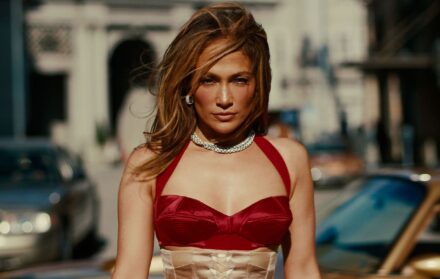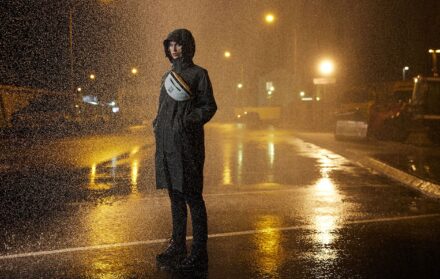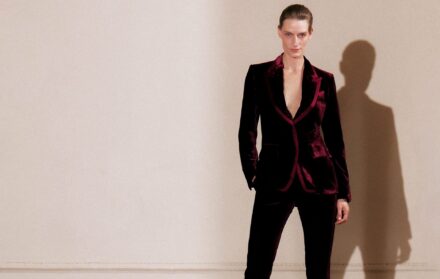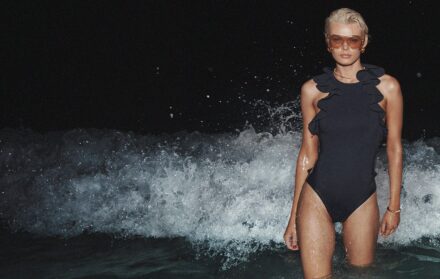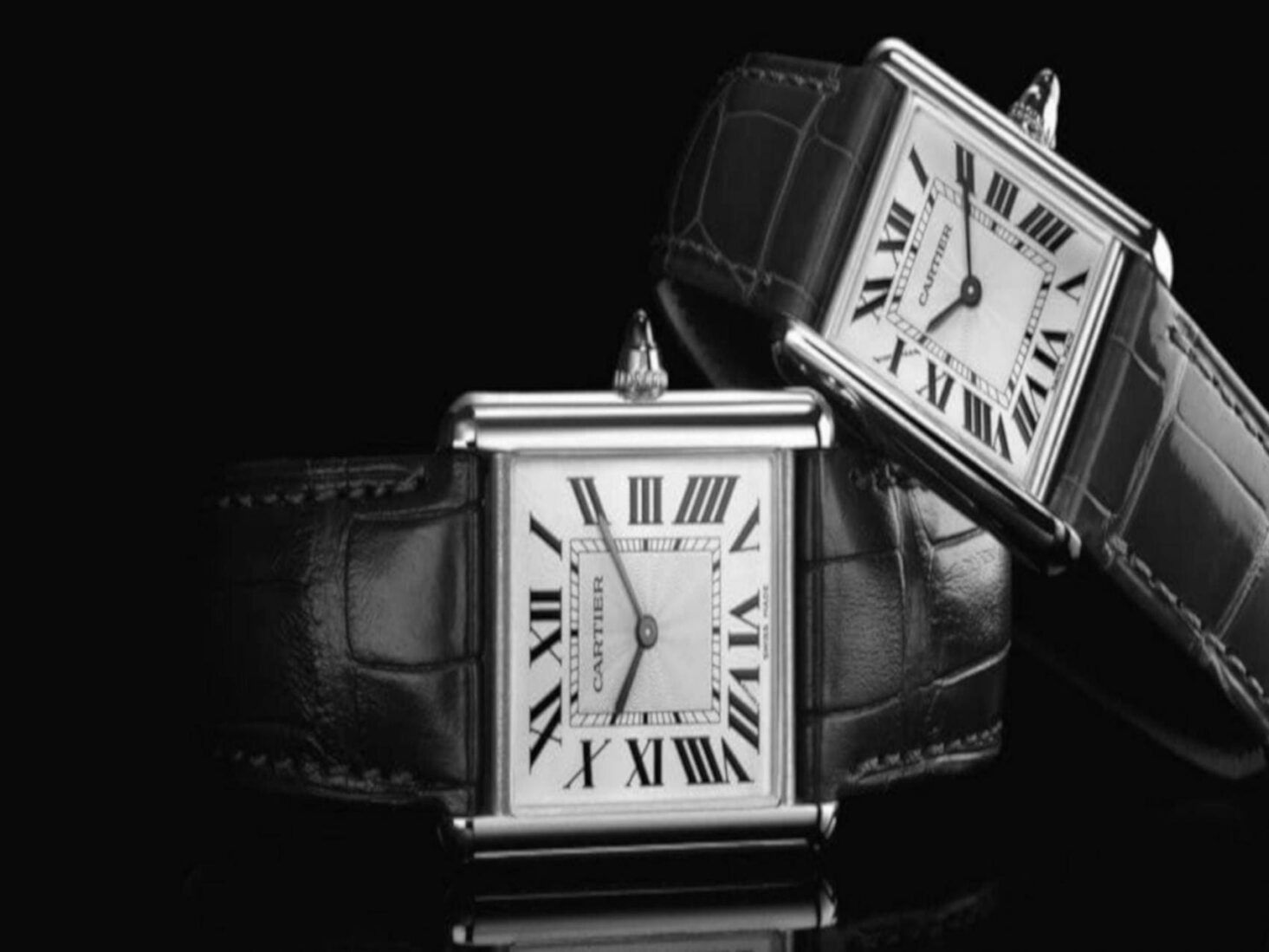
The Inimitable Appeal of the Cartier Tank
The wristwatch of choice for Michelle Obama, Jackie Kennedy, Jeff Goldblum, Meghan Markle and Andy Warhol, to name a mere few
While sketching the prototypes for his watches, Louis Cartier had the remarkable ability to find the extraordinary in the ordinary. First there was the Santos de Cartier (1904), a watch that came to Cartier in a eureka moment when the Brazilian aviator, Alberto Santos Dumont, announced the difficulty of inspecting his pocket watch whilst manhandling his aeroplane. A few months later, Cartier presented Santos Dumont with his elegant creation, a purpose-designed wristwatch with a highly legible dial and screwed on case (intended to recall the aesthetic of the Eiffel Tower). The celebrity status of Santos Dumont only increased its exposure.
Then there was the Baignoire (1906) designed for the lithe wrists of high-society ladies- a discreetly elegant ellipse forged by two parallel lines and closed by two curves. ‘Baignoire’ is French for bath, so one can guess from where inspiration for his creation came.
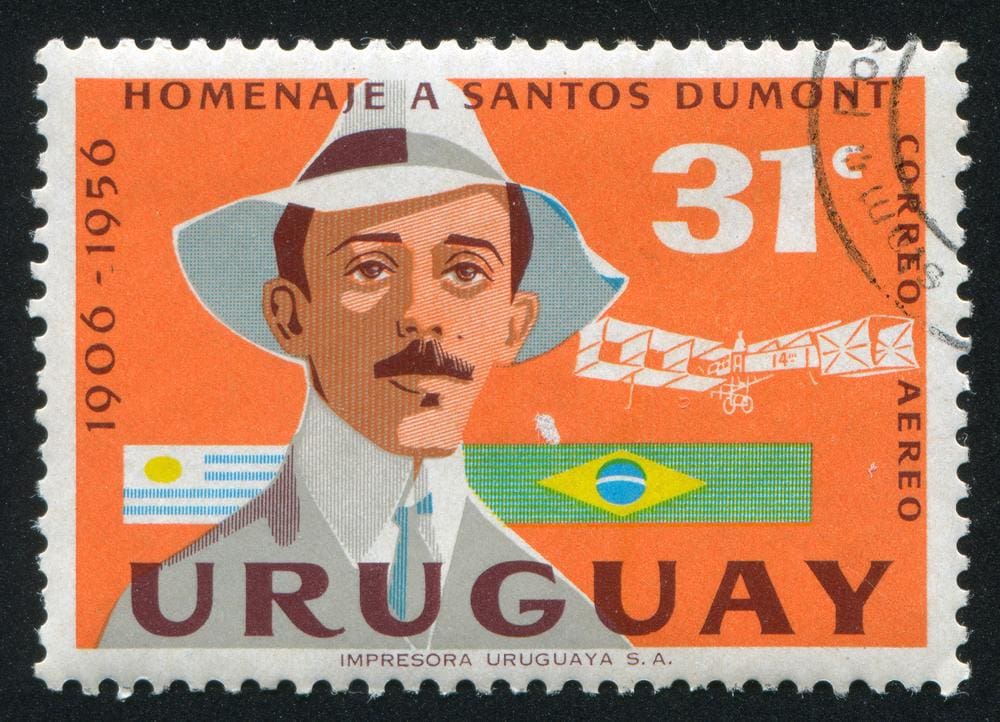 Alberto Santos Dumont, pioneer of aviation and inspiration for Cartier’s first men’s wristwatch
Alberto Santos Dumont, pioneer of aviation and inspiration for Cartier’s first men’s wristwatch
Motivation for Cartier’s 1916 conception came from another unlikely object: the Renault FT-17 tank, a ruthless machine that saw action on the Western Front. From a bird’s-eye view the watch’s case resembles the cockpit of a tank, while the brancards – the vertical bars that run along the watch case – bring to mind caterpillar tracks. The Tank’s rectangular design was highly unorthodox in comparison to the round pocket watches used by French troops, and the ornate jewelled watches mostly worn by women. Though not conceived as a military watch, when Cartier made his prototype of the Tank in 1917, the military connection made for good marketing as the first recipient of the watch was General John Pershing of the American Expeditionary Force.
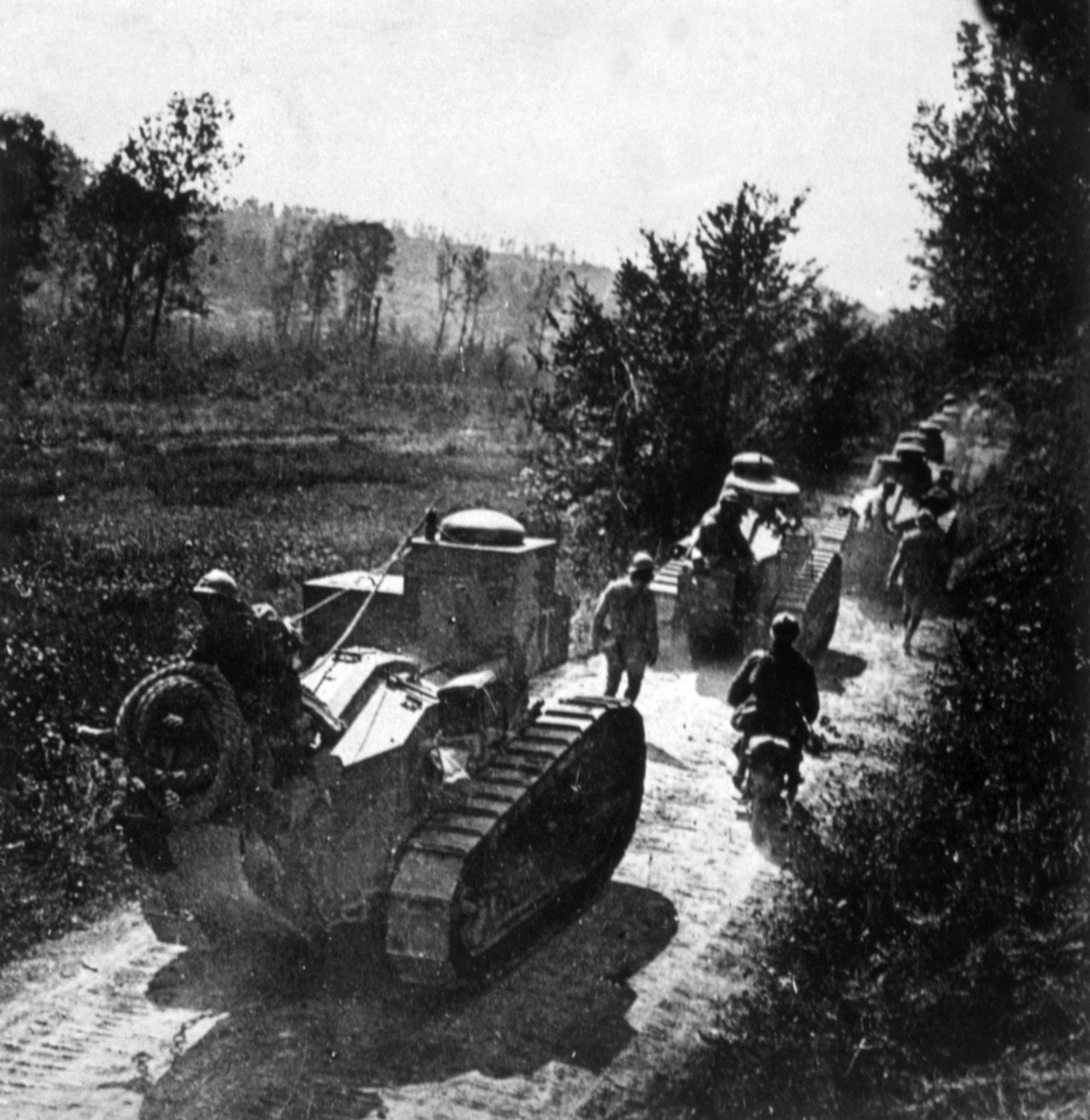 The Renault FT Tank
The Renault FT Tank
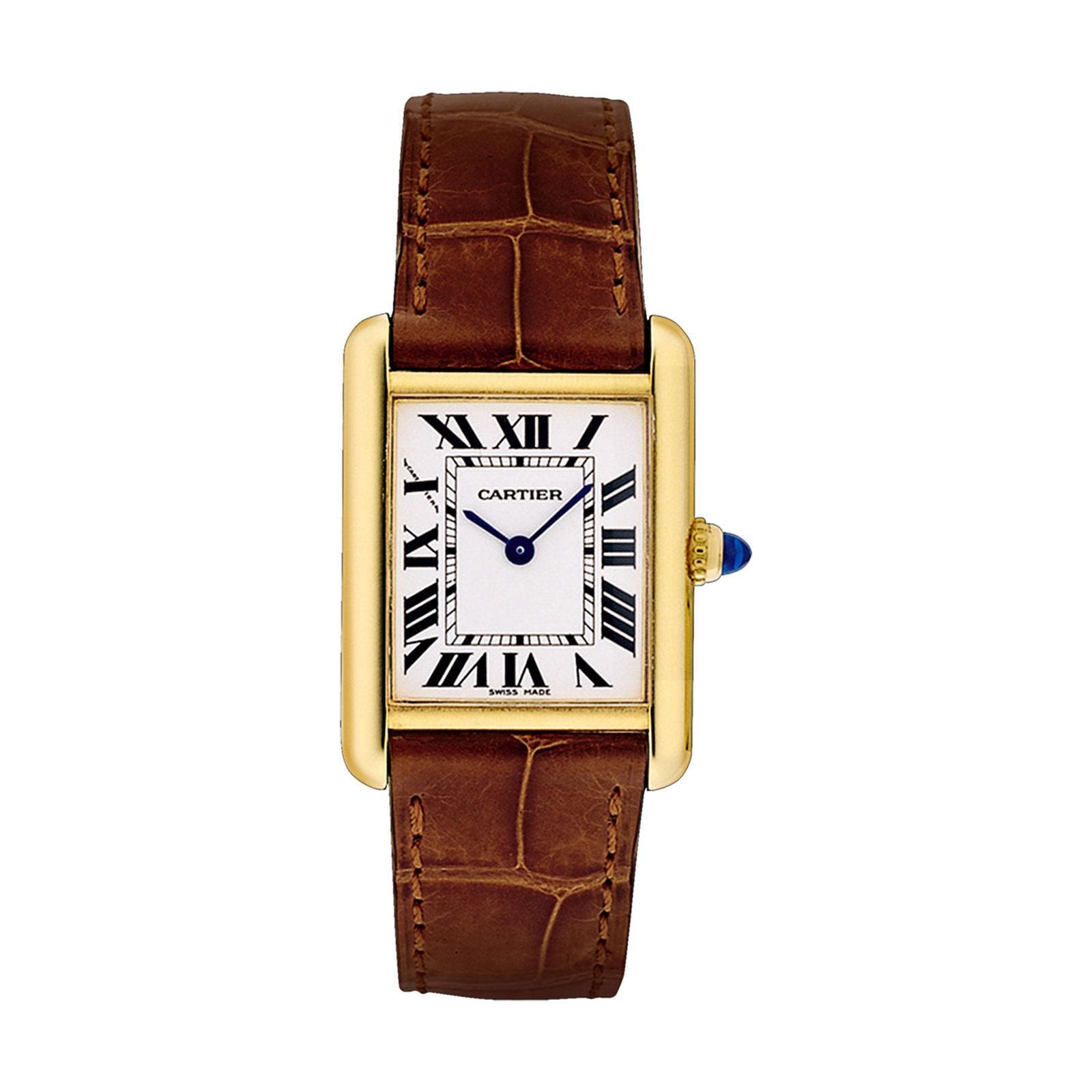 Tank Louis Cartier in 18k gold
Tank Louis Cartier in 18k gold
Rejecting the Art Nouveau style popular at the time, the Tank was instantly modern and signalled a move towards the Art Deco within watchmaking. The Tank harmoniously attached its case to its strap by hiding the lugs. The result was precise, straight lines, a spartan dial contrasted with opulent Roman numerals and a remarkably androgynous watch. Inside, the watch was powered by an ultra-thin Jaeger calibre.
Another stand-out feature was the cabochon-cut stone adorning the beaded winding crown. It was a deliberate nod to the old-school, reminding wearers that the maison was rooted in high jewellery. Importantly, like the Santos, Tonneau and Tortue, all of which had come before it, the Tank launched with a bold, geometric identity. It was instantly recognisable as a Cartier.
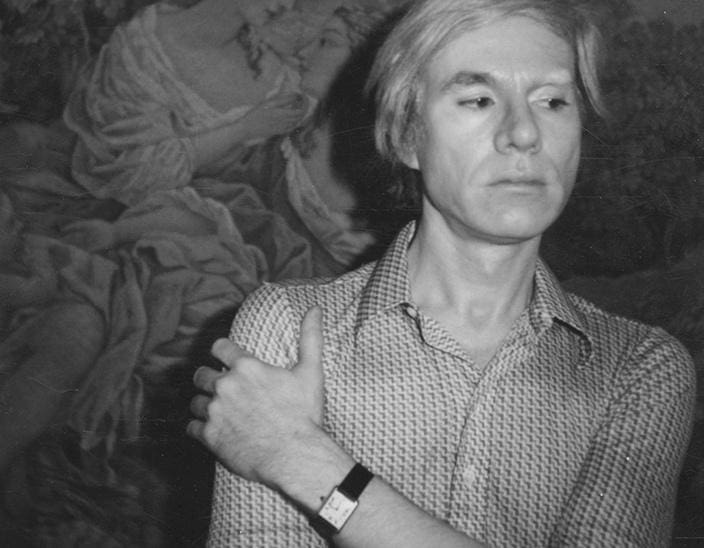 Andy Warhol. Photo courtesy of Cartier
Andy Warhol. Photo courtesy of Cartier
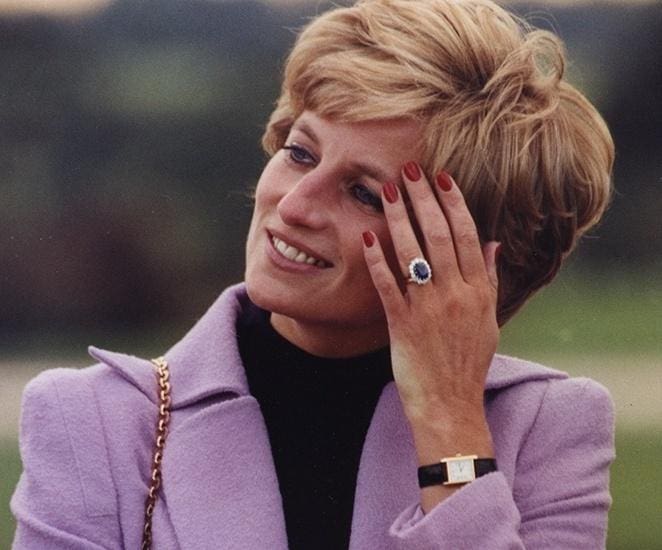 Diana, Princess of Wales. Photo courtesy of Cartier
Diana, Princess of Wales. Photo courtesy of Cartier
To get an idea of the cultural significance of the watch, we can take a look at its adoptees. Jacqueline Kennedy, Claudia Schiffer, Yves Saint Laurent, Clark Gable, Rudolph Valentino, Frank Sinatra, Princess Diana and countless others have all worn Cartier Tanks, many owning more than one. Michelle Obama wore her steel Tank Francaise in almost every official photograph. Andy Warhol, in his trademark nonchalant style, quipped, “I don’t wear a Tank to tell the time…In fact, I never wind it. I wear a Tank because it’s the watch to wear.”
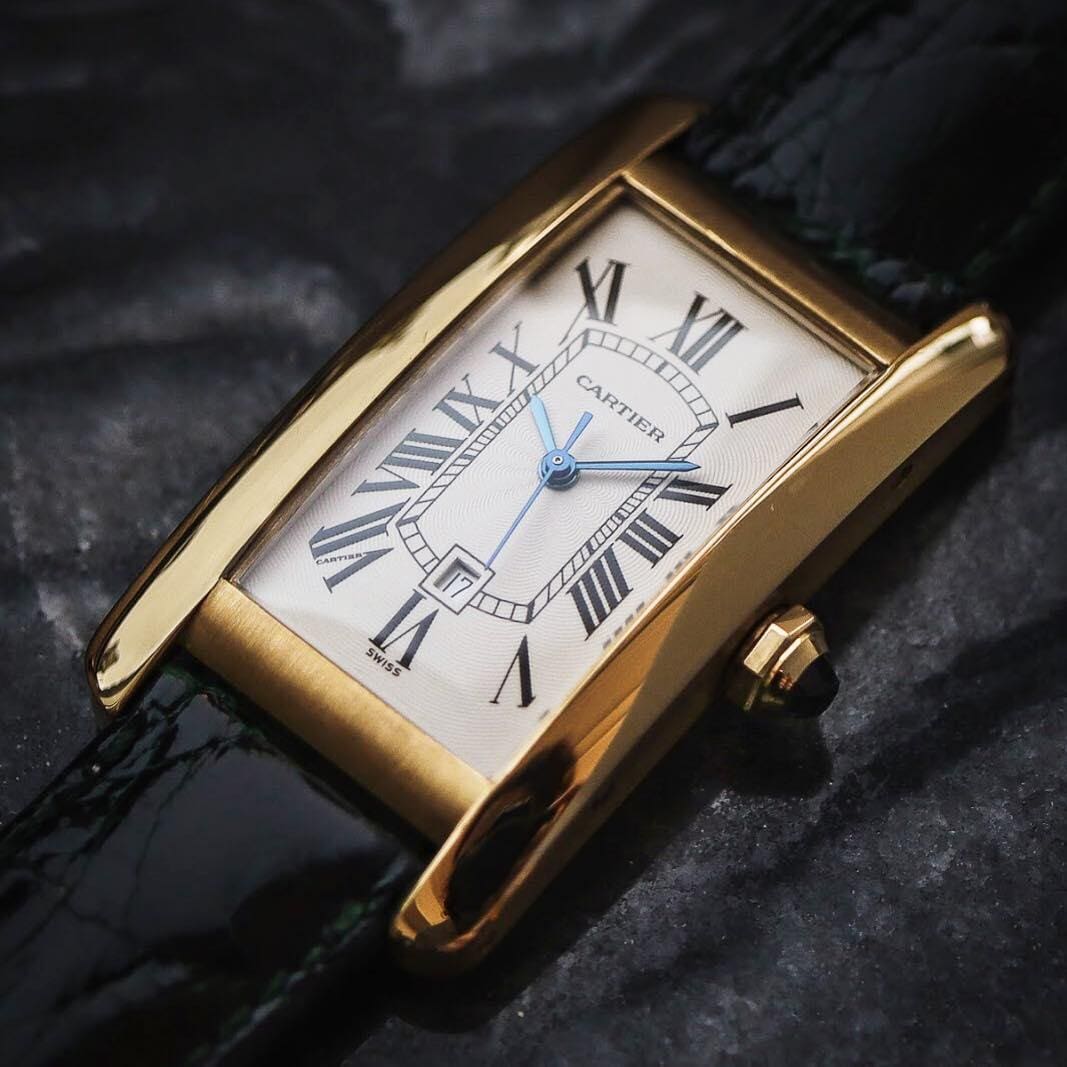 Tank Américaine
Tank Américaine
Over the years numerous adaptations of the original Tank have been created, such as the Tank Francaise, Tank Anglaise and Tank Américaine. However, what has not changed is what the Tank represents. Frank Cologni, author of Cartier, The Tank Watch said the defining characteristic of the Tank “is to have endured the passing decades while displaying a kind of creativity that has enriched it without changing its identity. With its timeless design, the Tank has adorned the wrists of countless famous men and women, a perfect piece for any occasion and imbued with unfailing grace.”




